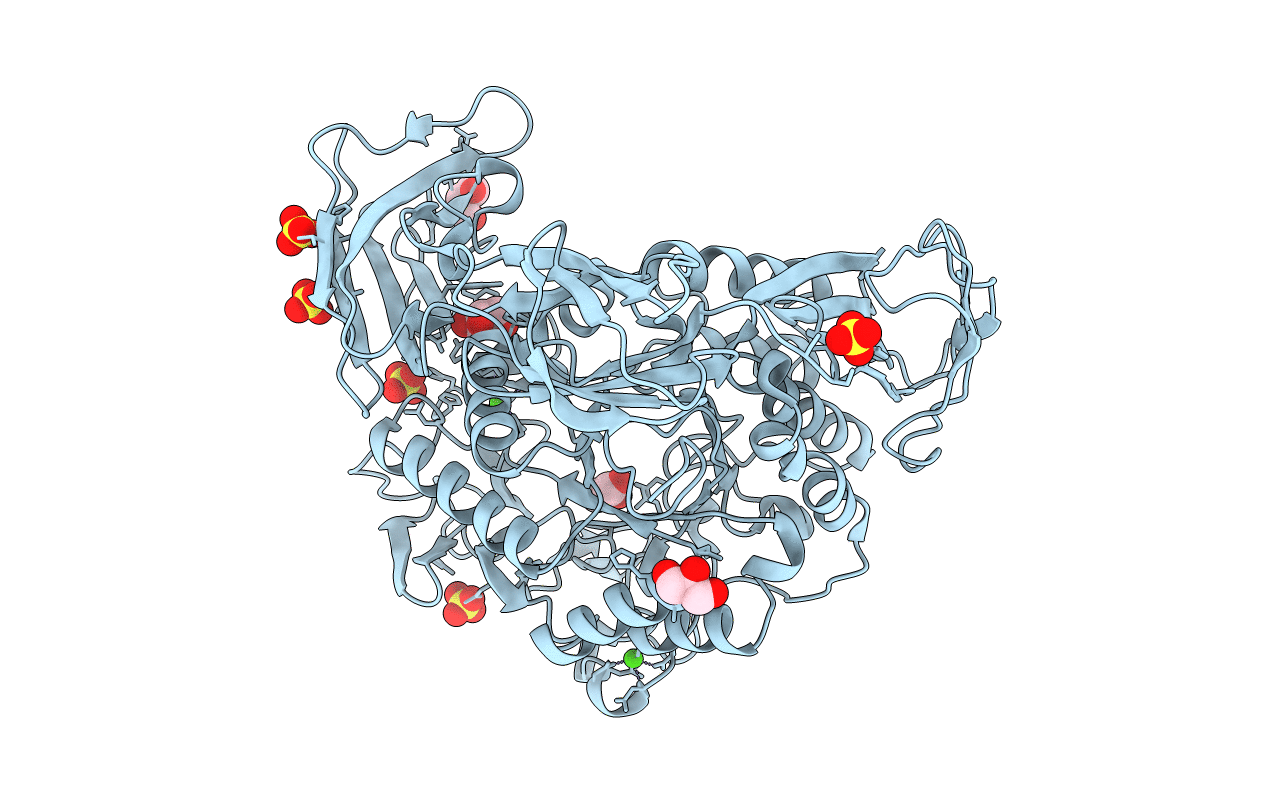
Deposition Date
2007-12-13
Release Date
2008-05-27
Last Version Date
2023-11-01
Entry Detail
PDB ID:
3BMV
Keywords:
Title:
Cyclodextrin glycosyl transferase from Thermoanerobacterium thermosulfurigenes EM1 mutant S77P
Biological Source:
Source Organism:
Thermoanaerobacterium thermosulfurigenes (Taxon ID: 33950)
Host Organism:
Method Details:
Experimental Method:
Resolution:
1.60 Å
R-Value Free:
0.16
R-Value Work:
0.14
R-Value Observed:
0.14
Space Group:
P 21 21 21


